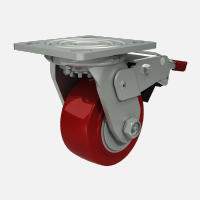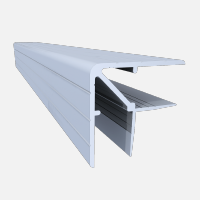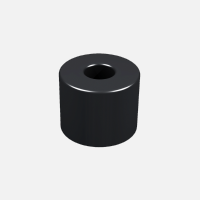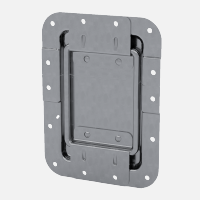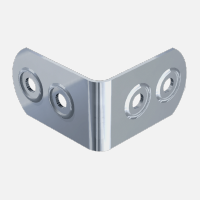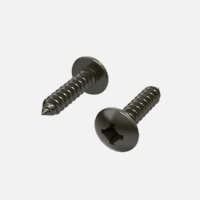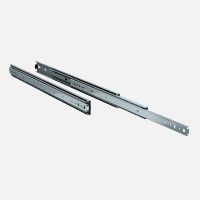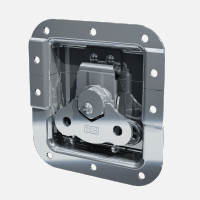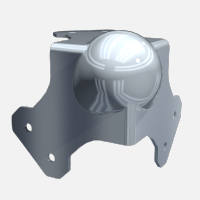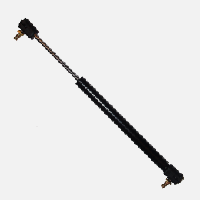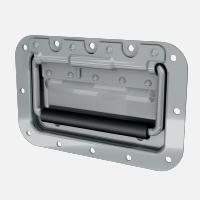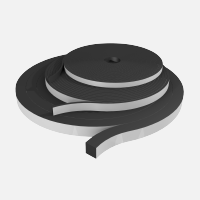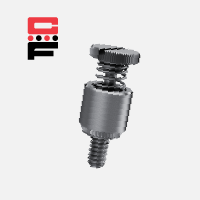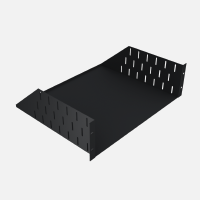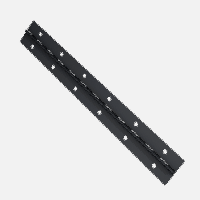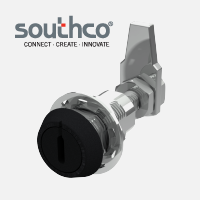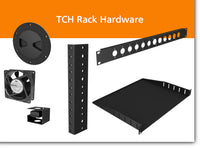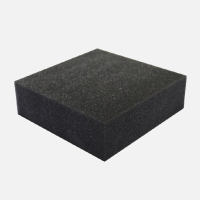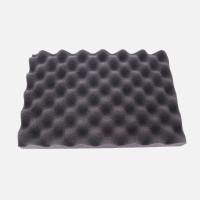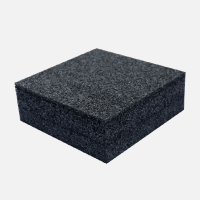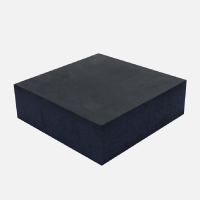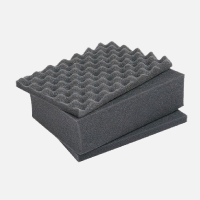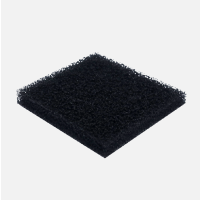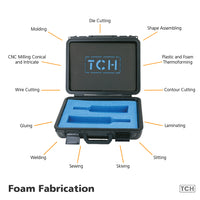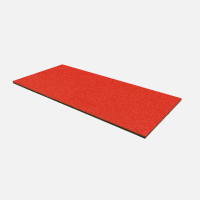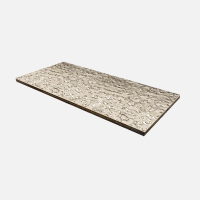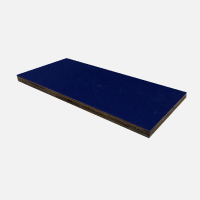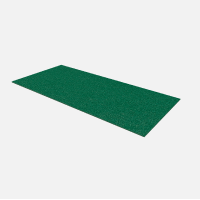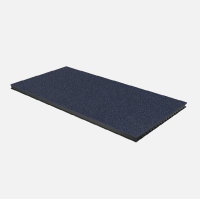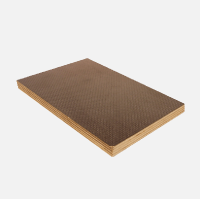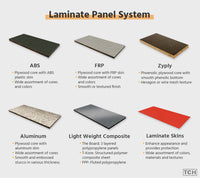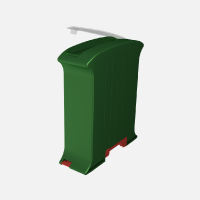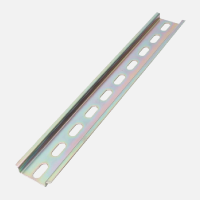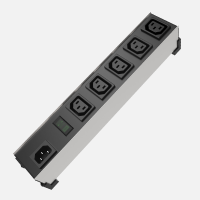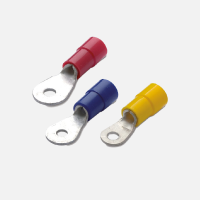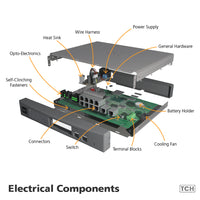In today's modern world, technology and electronics are prevalent and very integrated into everyday life. While they have significantly contributed to increasing our quality of life, electronic components are still delicate and susceptible to failure. Electricity can also be harmful to humans and animals or damage other equipment. Enclosures provide a solution to these problems by protecting users and shielding the components within.
The National Electrical Manufacturer Association (NEMA) uses a standardized rating system to help define what protection is offered, and the environments enclosures can withstand. NEMA believes having this system in place will benefit both the manufacturer and end-user. A clear understanding of an enclosure's capabilities and attributes helps improve communication and safety, lowering the chance of workplace accidents and death
NEMA Ratings Chart
| Rating | Definition |
|
1
|
|
|
2
|
|
|
3
|
|
|
3R
|
|
|
3S
|
|
|
3X / 3RX / 3SX
|
|
|
4 / 4X
|
|
|
5
|
|
|
6 / 6P
|
|
|
7
|
|
|
8
|
|
|
9
|
|
|
10
|
|
|
11
|
|
|
12 / 12K
|
|
|
13
|
|
| Class II | Environment | Class II | Environment |
|
A
|
Acetylene
|
E
|
Metal dusts
|
|
B
|
Hydrogen
|
F
|
Carbonaceous dust
|
|
C
|
Ethylene
|
G
|
Non-conductive dusts
|
|
D
|
PropaneMethane
|
Evaluating Enclosures
It's important to remember never to assume an enclosure or product rating, especially if it's required to meet standards. Sometimes the IP Code may also be relevant to the NEMA rating and project. For a better understanding of IP Ratings, view our blog post.
So, what are some of the adverse effects of choosing the wrong NEMA rating? If the enclosure has a higher level of protection than needed, you may be overspending. If it is lower, then you risk damaging equipment. Luckily, our team of experts are always ready to help! TCH can provide access hardware that will match your requirements and enclosure ratings. For more information, contact us online, by phone or email.
